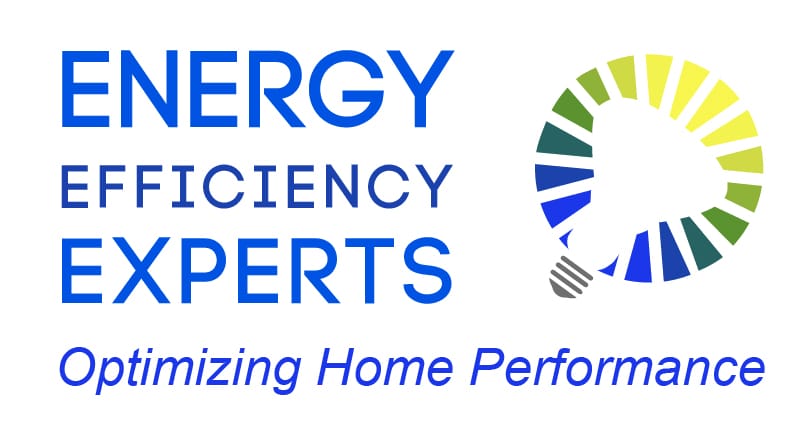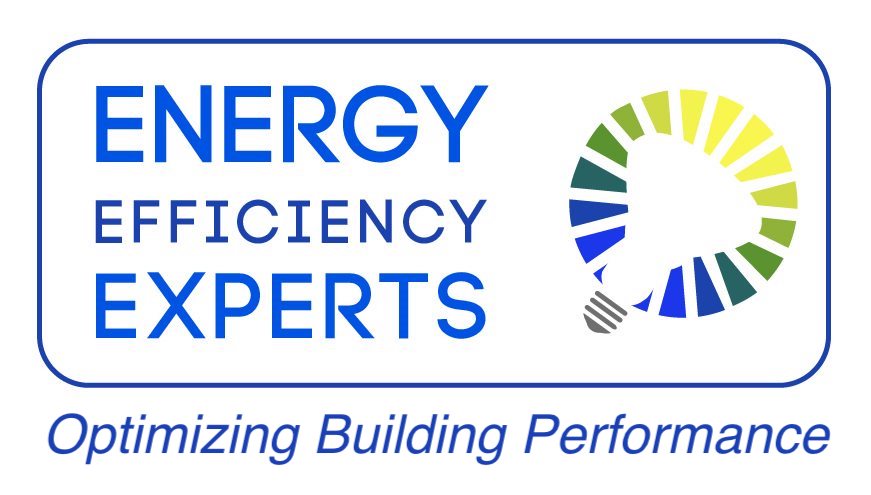The 2020 State Energy Efficiency Scorecard
At the end of December 2020, the American Council for an Energy-Efficient Economy, or ACEEE, released the State Energy Efficiency Scorecard. This scorecard analyzes overall energy efficiency efforts, such as policies, programs, electric vehicle use, appliance standards, and energy-saving targets for all 50 states as well as Washington D.C. ACEEE’s website also provides a closer look at data for each state.

How have the rankings changed?
In 2019, utility companies in the U.S. spent an estimated $8.34 billion on electricity and natural gas energy efficiency programs. However, government leaders at all levels had to redirect their focus and resources when the pandemic started. Despite the challenges the pandemic brought to the clean energy sector, several states still managed to make progress on their energy efficiency goals.
Overall, 27 states have developed mandatory energy saving targets, with Virginia joining the list this year, with the Virginia Clean Economy Act. Many states have also begun to prioritize electric vehicles and the infrastructure needed to accommodate them, some even beginning to offer incentives for electric vehicles and phasing the sale of new gas-powered vehicles by 2035. The DMV area continues to improve on energy efficiency. Maryland leads with a score of 6, with Washington D.C. following closely behind with a score of 8. Virginia ranked 25 but is expected to gain momentum in the near future. Let’s look at what else the DMV has accomplished in 2020.
Maryland (Ranked #6)
Maryland has increased energy efficiency programs in recent years, including improving efficiency in commercial buildings, maintaining building energy codes, increasing funding for public transportation as well as further increasing grid integration for electric vehicles. According to the report, Maryland has more electric vehicle registrations and public charging stations per capita than most states. Maryland also prioritizes the creation of low-income housing near public transportation facilities.
In 2017, Maryland passed legislation extending the EmPOWER programs to continue through 2023. The state was the first one to adopt the 2018 International Energy Conservation Code (IECC) and the American Society of Heating, Refrigerating and Air Conditioning Engineers (ASHRAE) standard for new construction.
Virginia (Ranked #25)
According to the report, Virginia leads the Southeast region in 2020, adopting their first-ever energy-saving resource standard (EERS) and became the first southeastern state to set a 100% clean electricity goal with the Virginia Clean Economy Act (VCEA). The energy-saving resource standards are said to be improved with adjusted targets every 3 years starting in 2025. Virginia also raised funding for efficiency programs for low-income, elderly, veterans, and disabled individuals.
Similar to Maryland and Washington D.C., Virginia funded a bill in 2020 that includes a Transit Ridership Incentive Program to promote the use of transit services and reduce barriers for low-income individuals through programs to reduce or eliminate fares.
Washington D.C. (Ranked #8)
With ambitious climate goals of reducing greenhouse gas emissions by 50% by 2032 and achieving carbon neutrality by 2050, Washington D.C. moved up three rankings since the 2019 scorecard. This past year, D.C. and has since made progress improving on energy standards for new construction projects. In 2018, Washington established a green bank, which has found success in leveraging public funds to attract private capital investment and expand clean energy project finances.
The District of Sustainable Energy Utility (DCSEU) has been boosting programs towards bringing energy efficiency and green jobs to low-income communities. Like Maryland, D.C. also has a high number of electric vehicles and has incentives available for electric vehicle purchases, while allocating most funding going towards transit initiatives.

Looking to schedule an energy audit? Give us a call at 202-557-9200 or contact us here.





